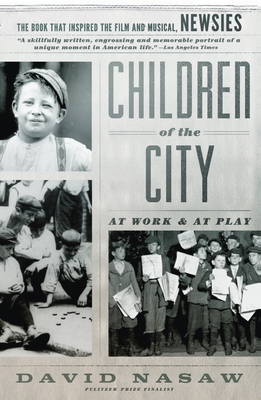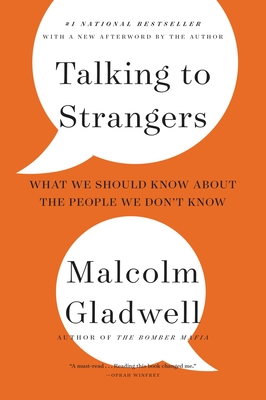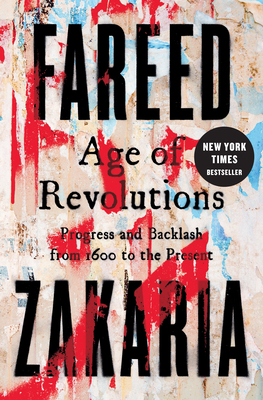
Children of the City: At Work and at Play
Description
The turn of the twentieth century was a time of explosive growth for American cities, a time of nascent hopes and apparently limitless possibilities. In Children of the City, David Nasaw re-creates this period in our social history from the vantage point of the children who grew up then. Drawing on hundreds of memoirs, autobiographies, oral histories and unpublished—and until now unexamined—primary source materials from cities across the country, he provides us with a warm and eloquent portrait of these children, their families, their daily lives, their fears, and their dreams.
Illustrated with 68 photographs from the period, many never before published, Children of the City offers a vibrant portrait of a time when our cities and our grandparents were young.
Praise for Children of the City: At Work and at Play
"A skillfully written, engrossing and memorable portrait of a unique moment in American life." --Los Angeles Times
“Nasaw . . . has amassed a surprising amount of information about the lives of working-class city children from the turn of the century. . . . Most of Nasaw’s best anecdotes come from show business biographies—George Burns, Phil Silvers and Milton Berle, for instance. . . . And, as any old fan of the Little Rascals or the Bowery Boys can attest, there is something irresistible about tales of kids holding their own, and better, in a big-city adult world.” —People Magazine
"Mining a rich lode of primary source material, from reformers' records to oral histories and autobiographies, Nasaw captures an exuberant generation of children with a unique place in history." —Psychology Today
"Children of the City paints a vivid picture of child life in American city streets between 1900 and 1920. . . . [A]n exciting story." —Natural History
"This rousing story of youngsters working and playing in American cities at the turn of the century is beautifully done. . . . In spirited prose spiced with nearly 70 contemporary photographs Nasaw transports the reader back. . . . [A]n exceptional book." —The Plain Dealer
"The excellent photographs in the book compliment its greatest strengths—the description of the street traders, including the newsies, and the author's intelligent stress on the way in which children learn to carve out their turf for work and play. This was an original and imaginative subject for social history." —Minneapolis Star & Tribune
"In this exceptionally readable, invariably fascinating book, David Nasaw examines how working-class children of America's cities labored and played. . . . He treats with sensitivity and even affection the culture of the children themselves, but always within the larger context of urban society and American culture generally. . . . Nasaw marvelously conveys a sense of how the children viewed their world (from parents to police, schools, and vehicles) and how they 'made do with what they had.'" --Journal of American History
"Children of the City is important because it adds to our knowledge of what cities were like at the turn of the century and because it shows that historians can treat children as historical actors whose actions and thoughts made a difference. This is a delightful book to read: both students and scholars will enjoy it and learn from it. The scholarship and documentation are superb, and no historian of American society, American cities, American families, or American childhood can afford to miss it." --American Historical Review
"The material covered by this book is largely forgotten, but, fortunately, Nasaw has unearthed these colorful pieces from the remnants of our landscape." --The New York Times Book Review
"This bright, well-researched history offers a striking view of American city kids at the turn of the century." --Publishers Weekly
"David Nasaw is up to a bit of historical revisionism in Children of the City, and he makes a most persuasive job of it. . . . As Nasaw amply documents, [the children of the street] played an important role in American history, and in Children of the City he has given them their due." --Washington Post Book World
"[Nasaw's] evocation of working-child life is not only fresh but flavorful, zesty, insightful." --Kirkus Reviews



